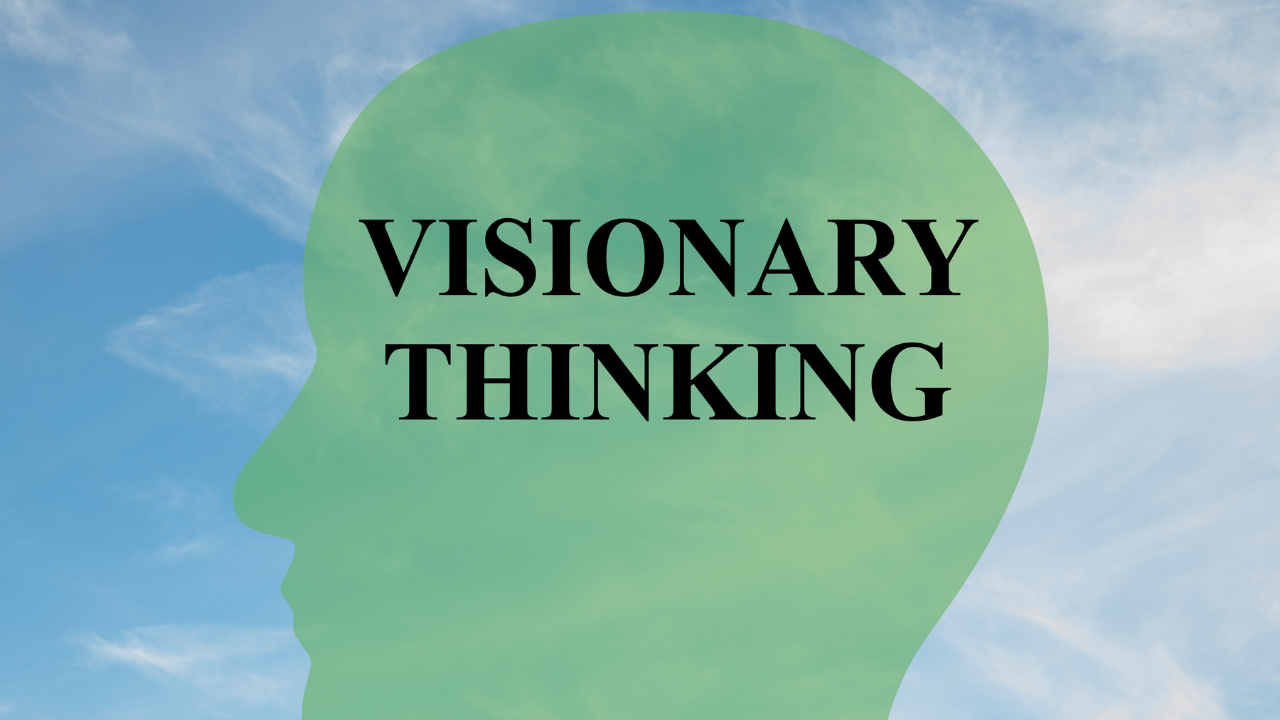Leadership is a multifaceted art that goes beyond simply managing tasks or commanding authority. It requires a delicate balance of emotional intelligence, strategic thinking, adaptability, and inspiration. The best leaders are those who can connect with their teams, articulate a compelling vision, and guide their organizations toward lasting success. In today’s fast-paced and complex business environment, leadership skills are more critical than ever. This article explores the nine key skills that every business leader should cultivate to thrive in their roles and leave a meaningful impact on their organizations.
Empathy and Emotional Intelligence: The Heart of Leadership

Empathy and emotional intelligence are the bedrock of exceptional leadership. Emotional intelligence refers to the ability to recognize, understand, and manage one’s own emotions while also being attuned to the emotions of others. Empathy, a key component of emotional intelligence, involves putting oneself in another person’s shoes to truly understand their feelings and perspectives.
In the workplace, a leader with high emotional intelligence fosters trust, builds stronger relationships, and creates a supportive environment where employees feel valued. This leads to increased engagement, reduced turnover, and a more positive organizational culture. Empathetic leaders can identify when team members are facing personal or professional challenges, and they take proactive steps to provide support, whether through mentorship, additional resources, or simply offering a listening ear.
Developing empathy requires intentionality. Leaders can start by practicing active listening—paying full attention to what others are saying without interrupting or making assumptions. They should also seek feedback on their leadership style to better understand how their actions affect their team. Over time, building emotional intelligence and empathy can transform not only how leaders interact with their teams but also how they make decisions and solve problems.
Visionary Thinking: Seeing the Bigger Picture

Leadership without vision is like a ship without a compass. Visionary thinking is the ability to see beyond the immediate challenges and imagine the future potential of an organization. A strong vision serves as a guiding light, providing direction and motivating employees to work toward shared goals. Visionary leaders are not only dreamers but also doers—they turn ideas into actionable strategies that drive progress.
To inspire others, leaders must articulate their vision in a way that resonates with their team. This involves connecting the vision to the organization’s values and demonstrating how achieving it will benefit everyone involved. For instance, a leader aiming to expand into new markets should communicate how this growth will create new opportunities for employees and strengthen the company’s position in the industry.
Visionary thinking is not an innate trait; it’s a skill that can be cultivated through strategic planning and staying informed about industry trends. Leaders should regularly set aside time for reflection, brainstorming, and strategic discussions. By balancing their long-term vision with short-term goals, they can ensure that their teams stay focused and motivated, even in the face of uncertainty.
Effective Communication: The Bridge to Understanding

Communication is arguably the most important tool in a leader’s arsenal. Without clear and effective communication, even the best strategies and intentions can fall flat. Great leaders excel at expressing their ideas, providing constructive feedback, and fostering open dialogue within their teams. They also know that communication is a two-way street—it’s as much about listening as it is about speaking.
One of the hallmarks of effective communication is adaptability. Leaders must tailor their communication style to suit different audiences, whether they’re addressing senior executives, frontline employees, or external stakeholders. They must also be mindful of non-verbal communication, such as body language, tone of voice, and facial expressions, which often convey as much as words do.
To improve communication skills, leaders should focus on clarity, empathy, and active listening. This means avoiding jargon, being transparent about their intentions, and genuinely considering the perspectives of others. Strong communication fosters trust, minimizes misunderstandings, and creates a collaborative environment where ideas flow freely and challenges are tackled together.
Decision-Making Under Pressure: Leading with Confidence

Leadership often involves making difficult decisions, sometimes under intense pressure and with incomplete information. The ability to make sound decisions quickly is a critical skill that separates good leaders from great ones. Whether it’s navigating a financial crisis, addressing a personnel issue, or responding to a sudden market shift, leaders must approach decision-making with confidence and clarity.
The best decisions are those that strike a balance between logic and intuition. While data and analysis provide valuable insights, leaders must also trust their instincts and consider the human element of their choices. For example, when deciding whether to implement a major organizational change, a leader should weigh not only the financial implications but also the potential impact on employee morale and customer satisfaction.
To strengthen their decision-making abilities, leaders should focus on developing a systematic approach. This includes gathering relevant information, consulting with trusted advisors, and considering potential risks and outcomes. It’s also important for leaders to embrace a growth mindset, recognizing that not every decision will lead to success but that every experience provides an opportunity to learn and improve.
Delegation and Trust: Empowering Others

Many leaders struggle with delegation, fearing that relinquishing control will lead to mistakes or a loss of authority. However, effective delegation is a sign of strong leadership, not weakness. By entrusting team members with responsibilities, leaders empower them to take ownership of their work and contribute to the organization’s success.
Delegation begins with understanding the strengths and capabilities of each team member. Leaders should assign tasks that align with employees’ skills and interests, providing clear instructions and support along the way. This not only ensures that the work is completed effectively but also fosters professional growth and job satisfaction.
Trust is the cornerstone of delegation. Leaders who demonstrate trust in their team members build stronger relationships and create a culture of accountability. This requires letting go of micromanagement and giving employees the freedom to approach their tasks in their own way. When leaders trust their teams, they free up time to focus on strategic priorities, ultimately driving better outcomes for the organization.
Resilience and Adaptability: Thriving in Uncertainty

Resilience and adaptability are essential traits for navigating the unpredictable world of business. Resilience allows leaders to bounce back from setbacks, while adaptability enables them to adjust to changing circumstances and seize new opportunities. Together, these qualities ensure that leaders can guide their teams through challenges with confidence and grace.
Resilient leaders maintain a positive outlook even in difficult times, inspiring their teams to do the same. They focus on finding solutions rather than dwelling on problems, and they view failures as learning opportunities. Adaptability, on the other hand, requires a willingness to step out of one’s comfort zone and embrace change. This is particularly important in industries that are constantly evolving, such as technology and healthcare.
To build resilience and adaptability, leaders should prioritize self-care and stress management. A healthy work-life balance, regular exercise, and mindfulness practices can help leaders stay grounded and focused. Encouraging a culture of agility within the organization also empowers teams to adapt quickly and confidently to new challenges.
Innovation and Problem-Solving: Driving Progress

Innovation and problem-solving are at the heart of effective leadership. In a competitive business environment, leaders must continually seek new ways to improve processes, products, and services. Innovation involves thinking creatively and challenging the status quo, while problem-solving requires the ability to analyze complex issues and develop practical solutions.
Creative leaders foster a culture of curiosity and experimentation, encouraging employees to share their ideas and take calculated risks. They also prioritize collaboration, recognizing that diverse perspectives often lead to the most innovative solutions. Problem-solving, meanwhile, involves breaking down challenges into manageable steps and using critical thinking to identify the root causes and potential remedies.
To enhance these skills, leaders should stay informed about emerging trends and technologies, invest in professional development, and create an environment where innovation is celebrated. By embracing a growth mindset and encouraging continuous improvement, leaders can drive progress and position their organizations for long-term success.
Conflict Resolution: Building Harmony

Conflict is inevitable in any workplace, but how it’s handled can make all the difference. Leaders who excel at conflict resolution create an environment where disagreements are addressed constructively, fostering collaboration and mutual respect. This involves identifying the root causes of conflict, facilitating open communication, and finding solutions that satisfy all parties.
Effective conflict resolution requires empathy, patience, and a focus on common goals. Leaders must approach conflicts with an open mind, actively listening to all perspectives and seeking to understand the underlying issues. Clear communication is also essential, as it ensures that expectations are aligned and misunderstandings are minimized.
By addressing conflicts promptly and fairly, leaders can prevent minor issues from escalating and create a more cohesive workplace. Teaching conflict resolution skills to team members can further enhance collaboration and build a culture of trust and respect.
Continuous Learning and Growth: The Leader’s Lifelong Journey

Leadership is not a destination; it’s a continuous journey of learning and growth. The best leaders are those who embrace a mindset of curiosity and adaptability, seeking new knowledge and experiences to refine their skills and stay relevant in a changing world. Continuous learning benefits not only individual leaders but also the organizations they lead.
Leaders can prioritize growth by attending workshops, reading industry publications, and seeking mentorship. Networking with peers and learning from their experiences can also provide valuable insights and broaden perspectives. Additionally, fostering a culture of learning within the organization encourages employees to upskill and innovate, driving collective success.
By committing to lifelong learning, leaders demonstrate humility and a willingness to evolve. This not only enhances their own capabilities but also sets an example for their teams, inspiring others to strive for excellence and embrace new challenges.
Conclusion
Leadership is a complex and ever-evolving skill that requires dedication, self-awareness, and a willingness to grow. By mastering these nine key skills—empathy, visionary thinking, communication, decision-making, delegation, resilience, innovation, conflict resolution, and continuous learning—leaders can build stronger teams, navigate challenges, and drive meaningful progress. In a world that demands adaptability and innovation, these skills are not just valuable—they are essential. Leadership is a journey that requires constant effort, but the rewards, both for leaders and their teams, are well worth it.

